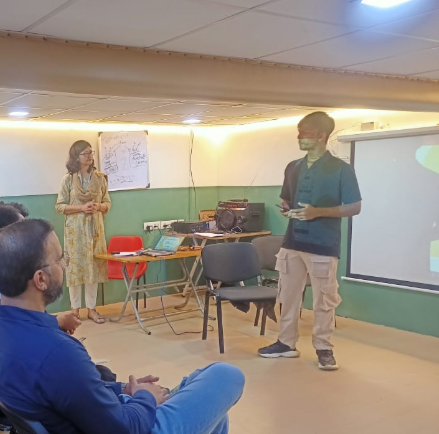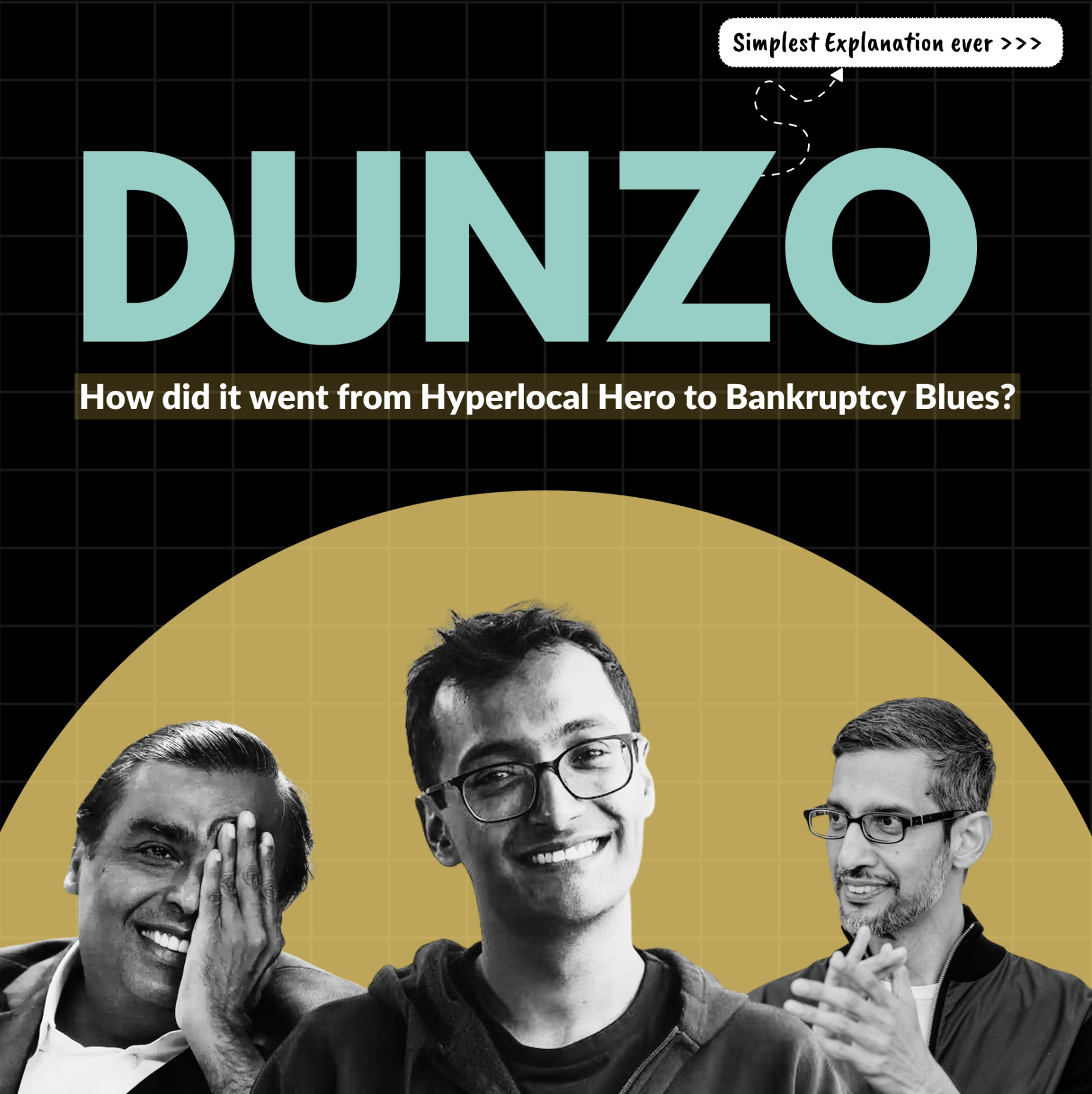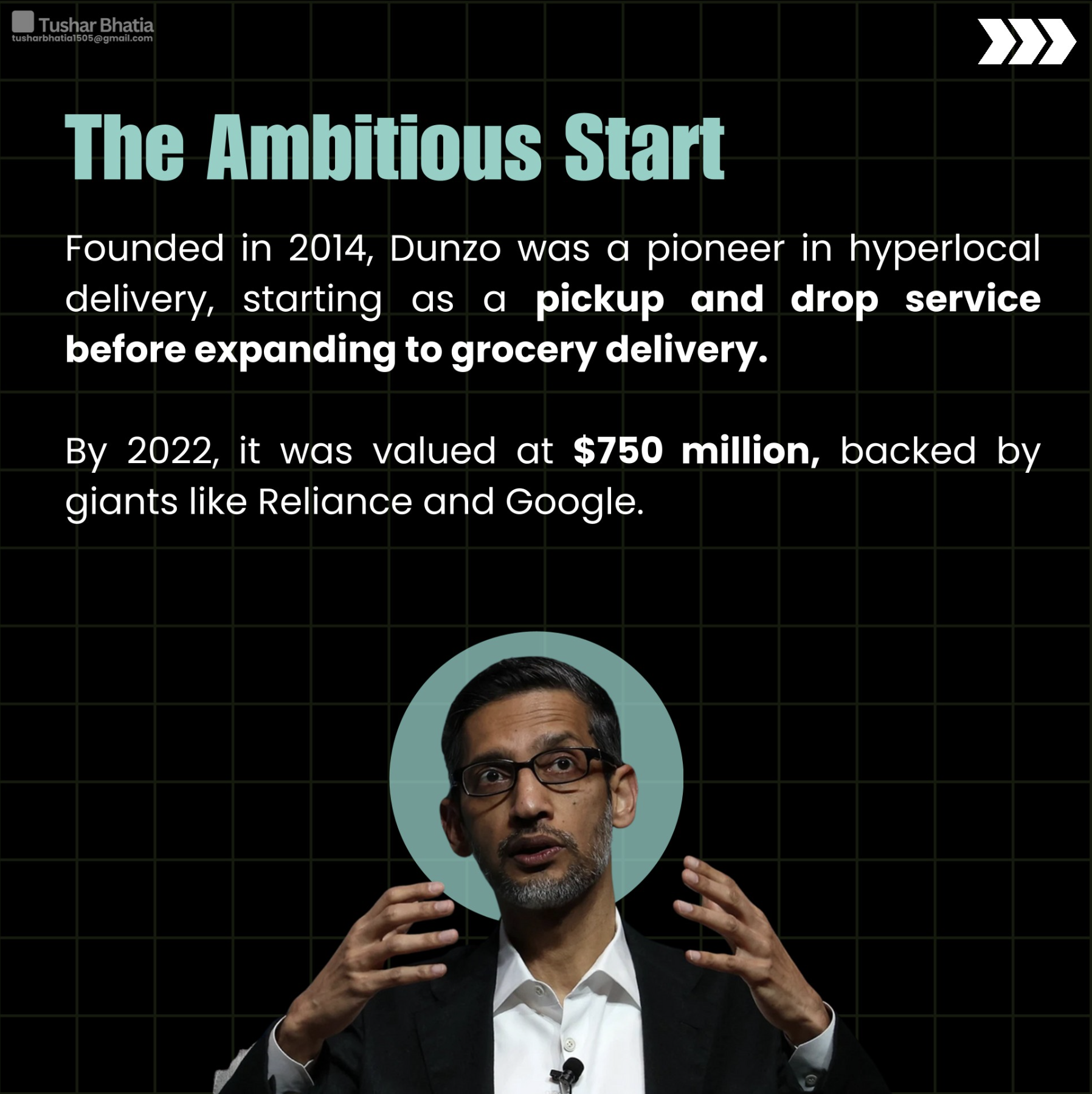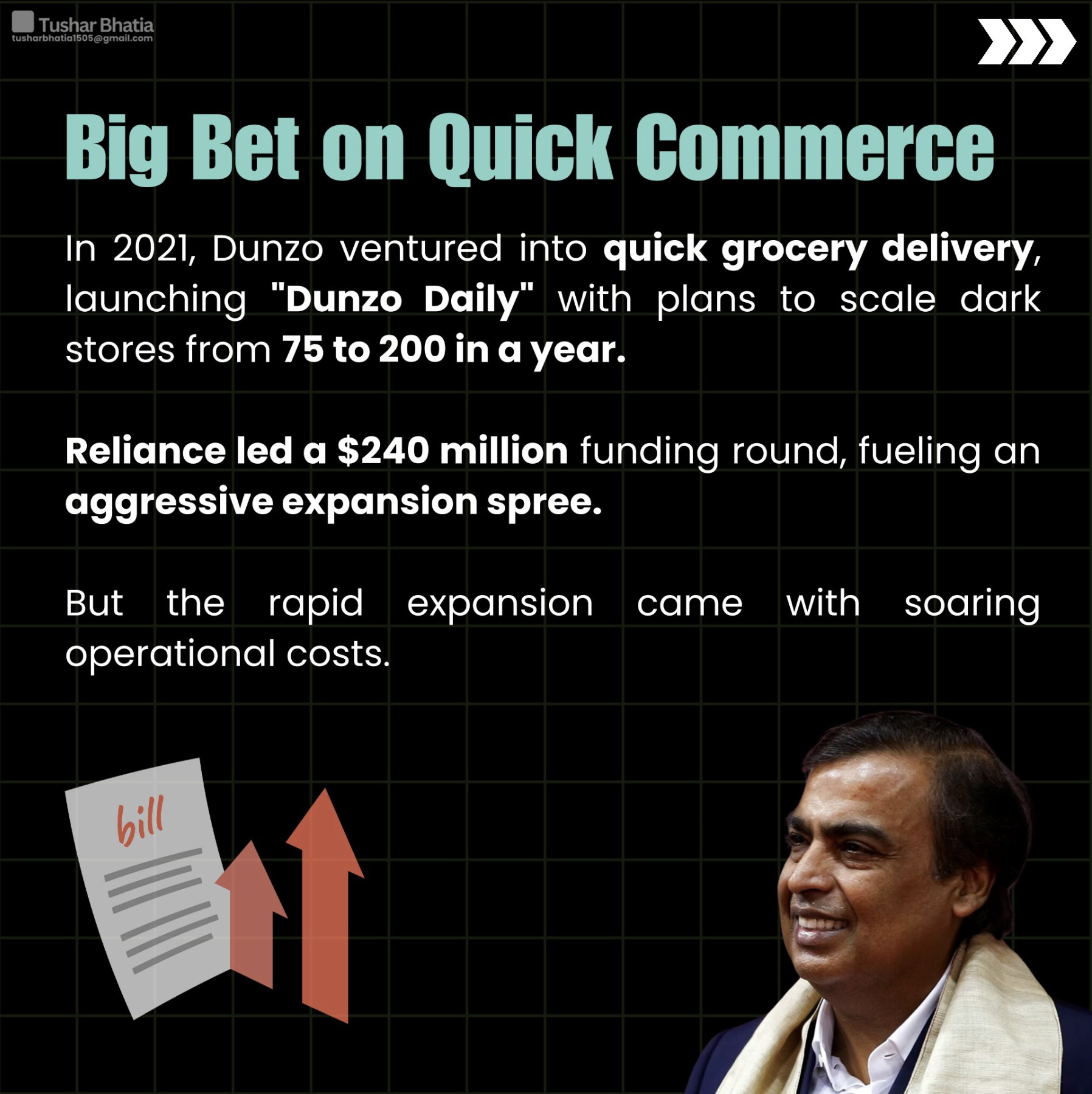Back
mg
mysterious guy • 7m
The Real Reason Dunzo Struggled While Blinkit Scaled On paper, both Dunzo and Blinkit offered fast delivery. But one scaled into a national quick-commerce brand. The other ran out of steam. Why? It wasn’t about tech. It was about focus. Dunzo’s Problem: Too Many Directions Dunzo tried to be everything—grocery, courier, meds, documents, pickups. A horizontal play. Great utility, low retention. Users came when needed. But not daily. And daily use is where scale lives. Blinkit’s Strategy: One Pain Point, Done Right Blinkit went all-in on one thing—essentials delivered now. No confusion. Just speed, convenience, habit. Every feature, every warehouse, every rider—optimized for that one job. Result? Shorter delivery times. Higher order frequency. Clearer value prop. Dunzo’s Trap: Serving Everyone, Pleasing No One By spreading itself across categories, Dunzo diluted experience. Inventory was patchy. Delivery times varied. Marketing was fragmented. Blinkit, meanwhile, turned repeat usage into a product feature. What Blinkit Understood Early Habit builds brand. Reliability builds retention. Narrow focus builds depth. That’s how Blinkit scaled while Dunzo pivoted. The Real Insight Scale isn’t about the number of services. It’s about the number of times a user taps you every week. Blinkit got this. Dunzo didn’t. The Playbook - Pick one urgent problem. Solve it faster than anyone. Optimize every part of the chain for that use-case. Drive daily usage. Expand only when the habit is locked. Final Take - Dunzo built a tool. Blinkit built a habit. And habits are the real moat in consumer startups.
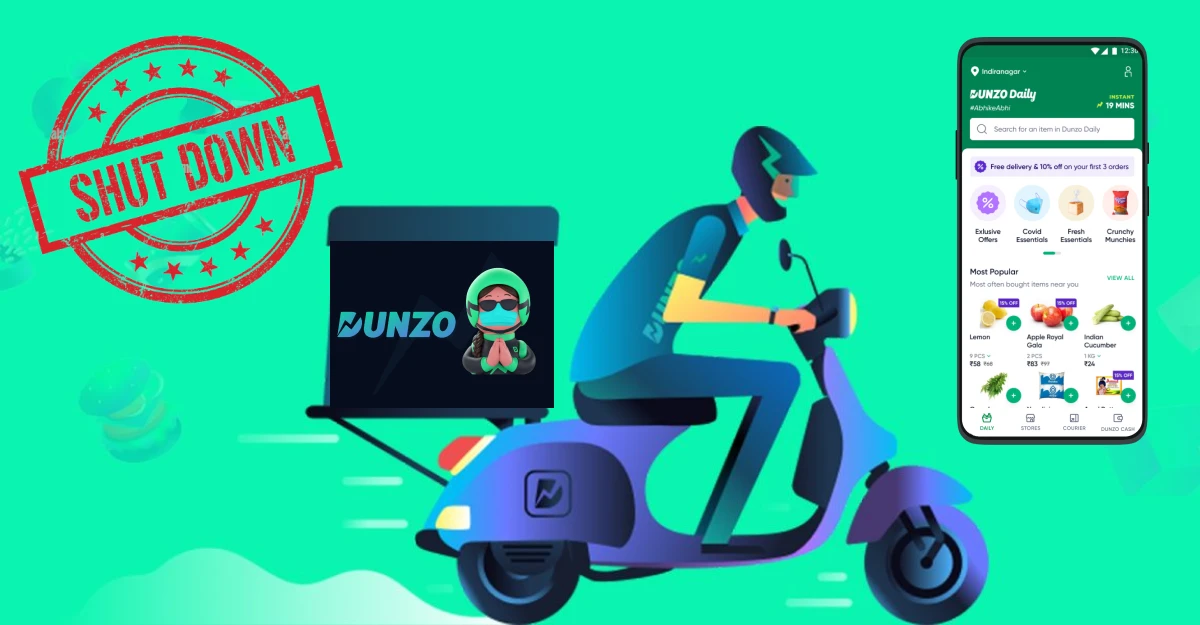
Replies (3)
More like this
Recommendations from Medial
Utkarsh kumar
Founder, Entrevovers... • 3m
Every entrepreneur has that one non negotiable habit that keeps them sharp... For me, it’s Networking daily + Learning daily.... What’s YOUR non negotiable habit that keeps you moving forward? Drop it below, maybe someone else picks it up today.....
gray man
I'm just a normal gu... • 11m
Flipkart is doubling down on its quick-commerce venture, Flipkart Minutes, by appointing Kabeer Biswas, Dunzo’s co-founder, as the new leader. The move aims to challenge competitors like Amazon, Zepto, and BlinkIt in India's growing fast-delivery mar
See More
Inovbiz Studio
Inspire. Innovate. S... • 8m
Business Tips #11 How to Build Discipline and Stay Consistent ⚡ Motivation fades, but discipline builds success! 💡 Here’s how to stay consistent in business: ✅ 1. Set Clear Goals – Know what you’re working toward. Break it down into daily steps. ✅
See MoreSai Charan
Hard work beats tale... • 11m
When you make an order in Zomato, the minimum order value is 1200 for free delivery, whereas it is just 200 in Blinkit Why? Also the delivery charge is 55 rupees for 4 kilometres in Zomato and 30 rupees in Blinkit(assuming the dark store is 4km from
See MoreCHINMAYEE SAMAL
Digital Marketing St... • 22d
🚀 Zepto vs Blinkit: Who’s Winning the Quick Commerce Race? When it comes to instant delivery, two giants are dominating India’s hyper-fast market — Zepto and Blinkit. Here’s a quick breakdown: --- ⚡ Delivery Speed Zepto: ⏱️ Famous for consistent
See More
Chintan Udani
I'm a pro medialist • 11m
Dunzo, a Bengaluru-based hyperlocal delivery startup founded in 2014, has been pivotal in India's quick commerce sector, offering on-demand delivery services for groceries, medicines, and other essentials. The company secured significant investments
See MoreDownload the medial app to read full posts, comements and news.




